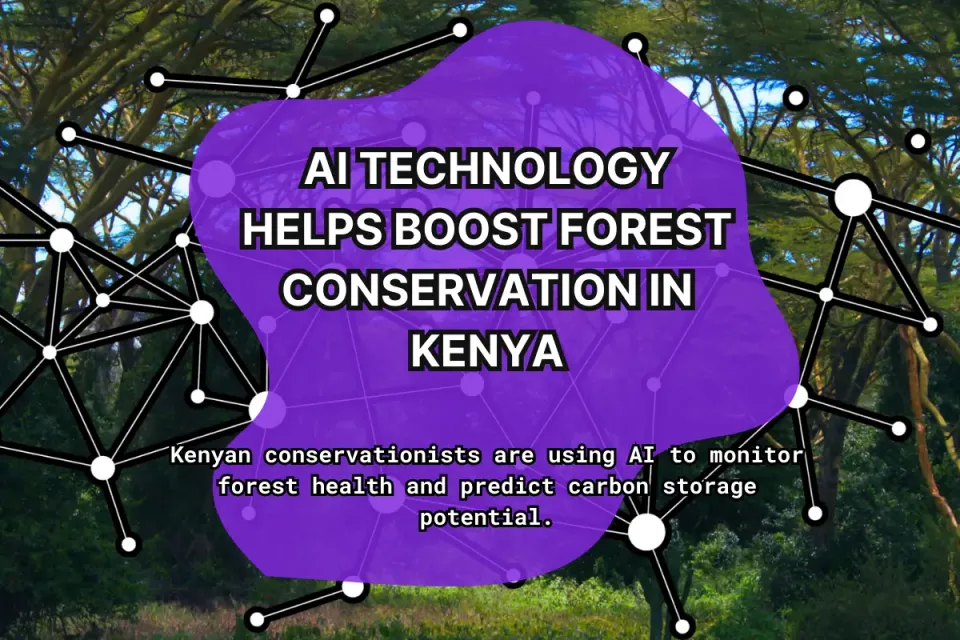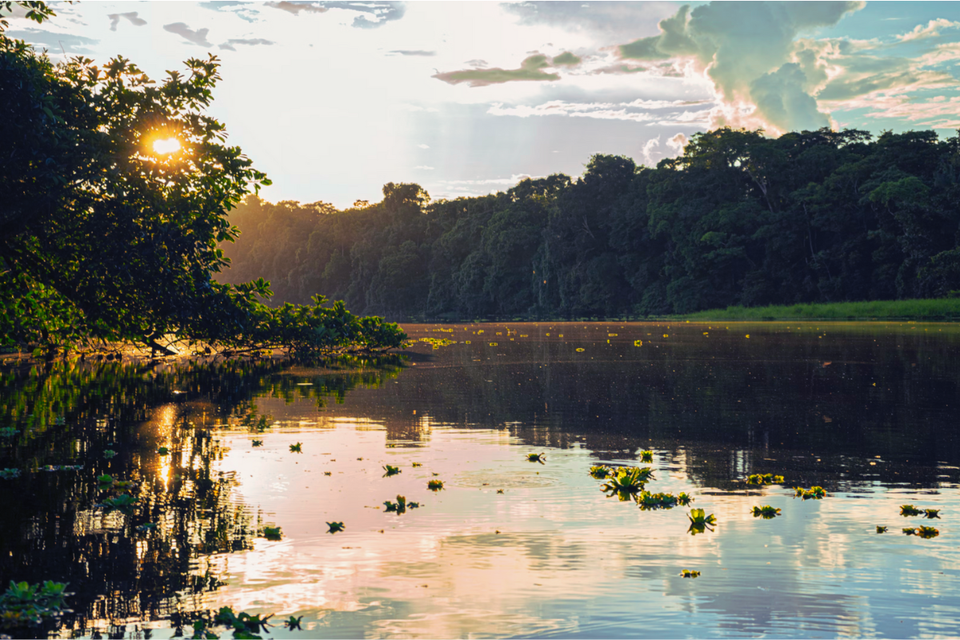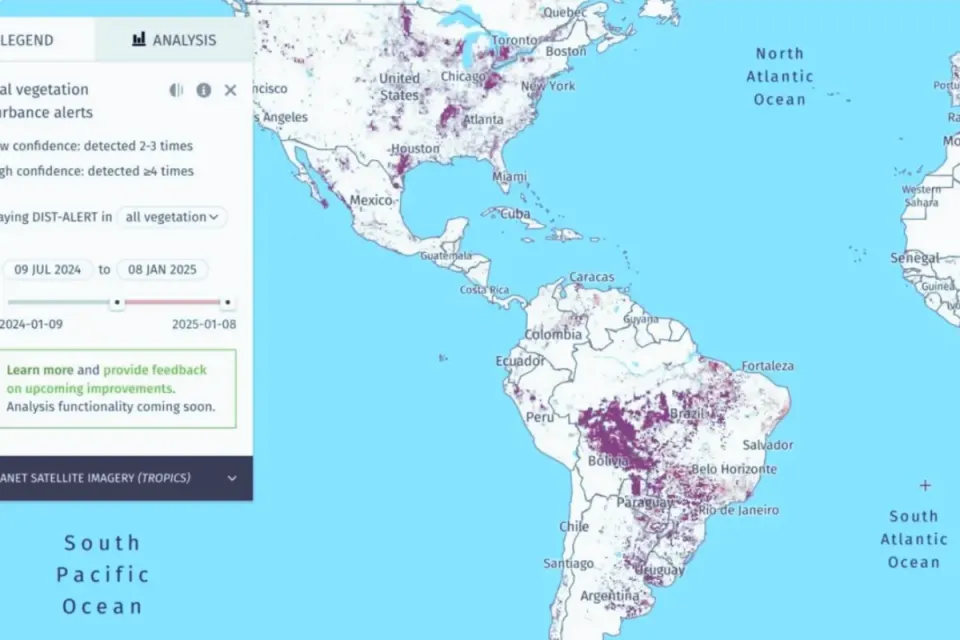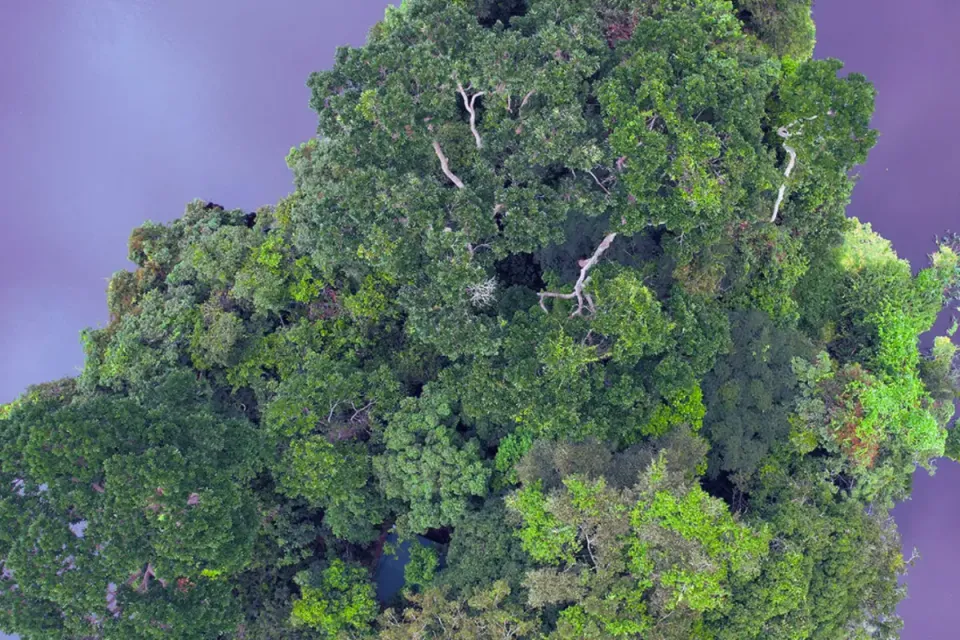Restoring Ecosystems: Satellite & Laser Imaging for Monitoring 🛰️
This combined approach led to impressive results in the study, with a 7,509 km² increase in restored vegetation and over 90% accuracy in health assessments.
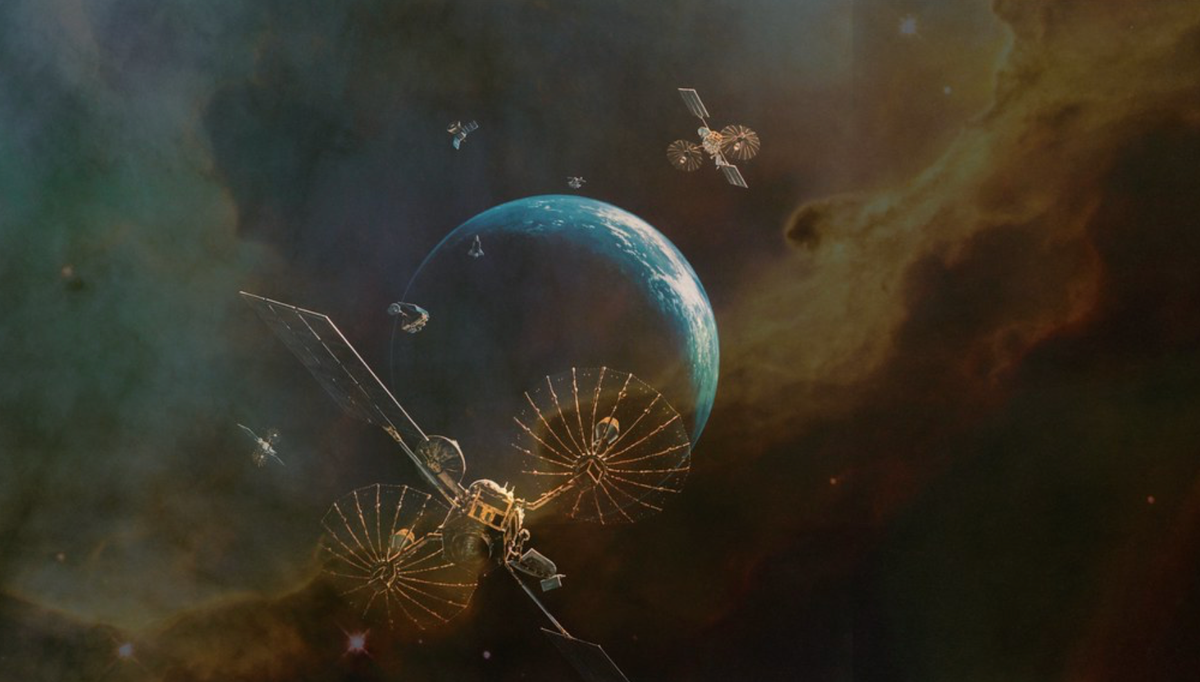
The Urgency of Precision: Why Accurate Vegetation Monitoring Matters 📊
With climate change and biodiversity loss intensifying, ecosystem restoration is more important than ever. Effective vegetation restoration can boost biodiversity, improve soil health, and capture carbon, all of which are essential in the fight against climate change. But to know if these efforts are succeeding, we need precise data on vegetation health, coverage, and structure. Enter a new tech duo: satellite-based multispectral remote sensing (MRS) and laser point cloud (LPC) technology. Together, they offer a pioneering approach to ecosystem monitoring from above.
Going Beyond Traditional Monitoring 🌐
Traditional vegetation monitoring has its limits. It often lacks the scale and detail needed to measure complex ecosystems. Combining MRS and LPC, however, offers both broad coverage and high-resolution detail, providing a 3D view of vegetation structure crucial for accurate biomass and carbon estimates. With over 90% accuracy in tracking restoration, this approach leaves single-method systems in the dust.
Satellite + Laser: A Match Made in Eco-Heaven 🌌🌳
A recent study in China’s Daqing oilfield shows how MRS and LPC together can transform restoration efforts. MRS is excellent for wide-scale vegetation health tracking, but it doesn’t capture the fine details—like height and density—that make a difference in complex ecosystems. That’s where LPC steps in, providing 3D imaging of vegetation height, canopy structure, and density. Together, they allow researchers to better understand restoration outcomes, even across difficult terrains.
Data-Driven Restoration: Why Integration Works 💡
By integrating these two tools, restoration projects can adopt a smarter, data-driven approach. Here’s how it all adds up:
- Big-Picture Coverage: MRS offers large-scale vegetation health data, perfect for tracking trends and spotting problem areas.
- Structural Precision: LPC fills in the details with measurements like canopy height and density, aiding in biomass and carbon calculations.
- Optimal Conditions: By linking environmental data, like humidity, to vegetation health, researchers can identify the best conditions for restoration, helping future projects thrive.
This combined approach led to impressive results in the study, with a 7,509 km² increase in restored vegetation and over 90% accuracy in health assessments. These numbers make it clear: this tech team-up is changing the game for restoration monitoring.
Insights from the Data 🔍📈
Using MRS and LPC together brings a wealth of insights into vegetation restoration that are hard to achieve with traditional monitoring, aiding in project verification. Key metrics include:
- Vegetation Coverage: MRS captures big-picture growth across landscapes.
- 3D Structural Insight: LPC provides details on height, canopy width, and density.
- Carbon Potential: Biomass and carbon estimates help quantify climate benefits.
- Environmental Matching: Correlations between growth and climate conditions point to the best restoration environments.
Together, these tools achieve new standards in accuracy and scale, not just identifying success but revealing where further support is needed.
The Future: Data-Powered Restoration at Scale ⚡🌍
As environmental challenges mount, scalable, precise monitoring methods are more crucial than ever. By pairing MRS with LPC, researchers now have powerful tools to track ecosystem health, refine restoration strategies, and guide decision-making. But while this tech offers unmatched data precision, it remains to be seen if it can ever truly replace the keen eye of a fieldworker in the field. 👀 Sometimes, there’s just no substitute for a human touch—spotting the nuances, surprises, and quirks of nature that satellites and lasers might miss. For now, though, this tech team-up promises powerful support for a greener, more resilient planet. 🌱🌏
Source 📚
Shi M, Xing S, Bai H, Xu D, Shi L. The Effect of Vegetation Ecological Restoration by Integrating Multispectral Remote Sensing and Laser Point Cloud Monitoring Technology. Plants. 2024; 13(22):3164. https://doi.org/10.3390/plants13223164. Retrieved from https://www.mdpi.com/2223-7747/13/22/3164
Edited by Chris Harris

This work is licensed under a
Creative Commons Attribution 4.0 International License.

